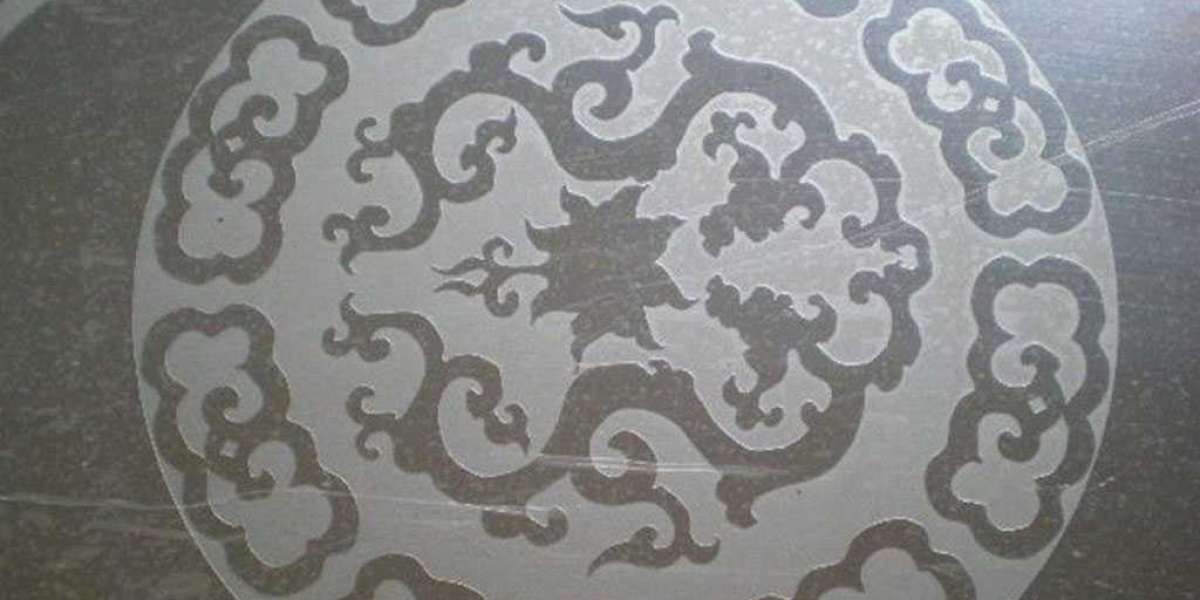Precision metal etching is a very important metal processing technology that can help us process very fine parts that can be used in a variety of different fields, such as electronics, machinery, medical, etc. The Selective Etching process of precision metal etching is very complex and requires multiple steps, including surface treatment, etching, cleaning, etc.
The advantages of precision metal etching include:
- High processing accuracy and quality
- Reduced processing time and cost
- Complex patterns and shapes can be achieved
- Strong adaptability and can be used for a variety of metal materials
- Environmentally friendly and does not pollute the environment
During the precision metal chemical etching process, specific chemicals and equipment are used to corrode the metal material, leaving the desired characteristics and patterns. Surface treatment is a very important step in metal etching. First, we need to clean the surface of the part and remove any impurities and stains so that the subsequent etching process can be more successful. The surface treatment process requires the use of a variety of different tools and chemical reagents, such as pickling, alkaline washing, polishing, etc.
Next, it is the etching process. The etching process requires the use of special etching solutions, which contain various chemical components and can etch different patterns and textures. The etching process needs to be adjusted according to the requirements of different parts, such as etching depth, etching speed, etc.
Finally, it is the cleaning process. The cleaning process requires cleaning the etching solution on the precision etching parts, and also removing the impurities and contaminants on the parts, so that the parts can be cleaner and tidier.
In short, precision metal etching is a very complex process that requires multiple steps to complete. In this process, the three steps of surface treatment, etching and cleaning are very important, and they are closely related. Any problem in any step will affect the final processing effect.








